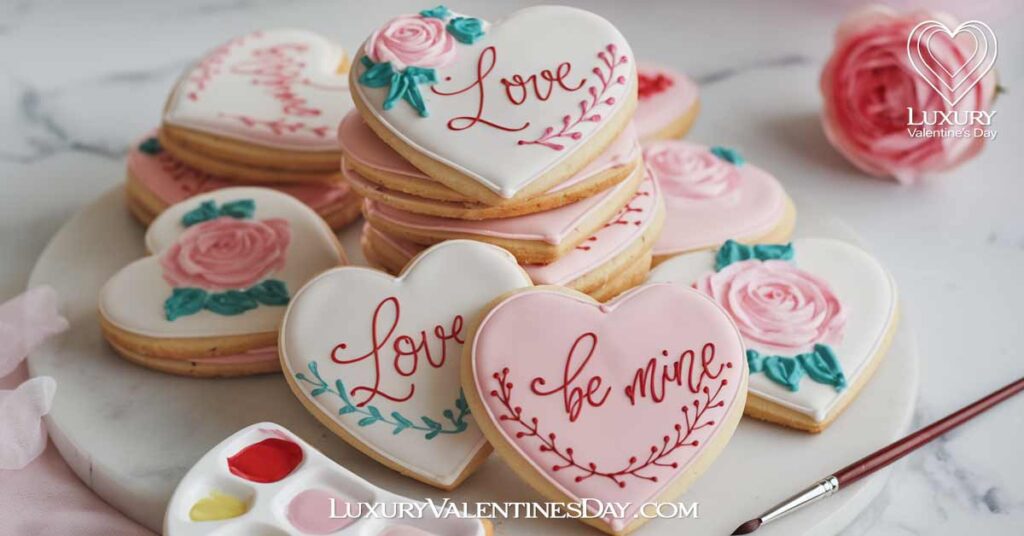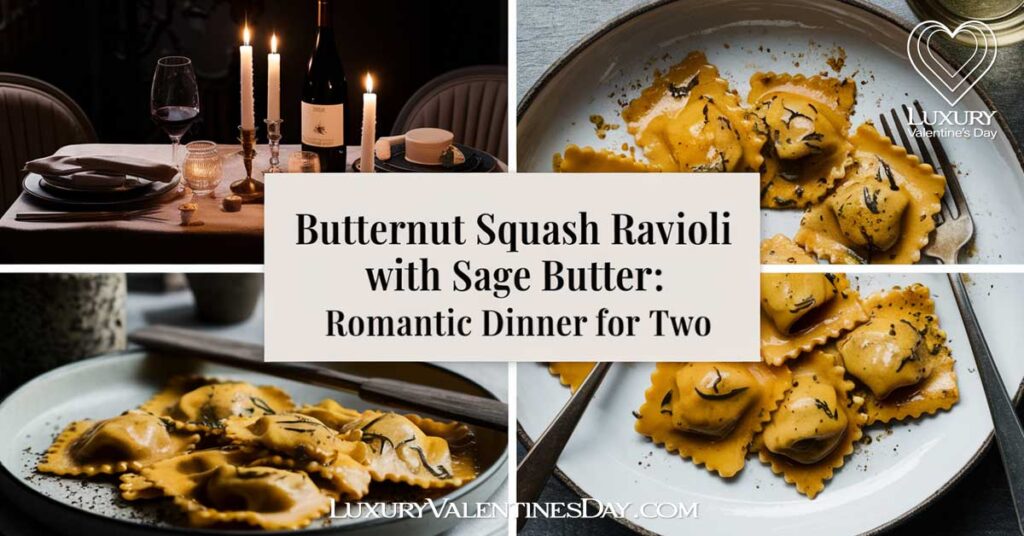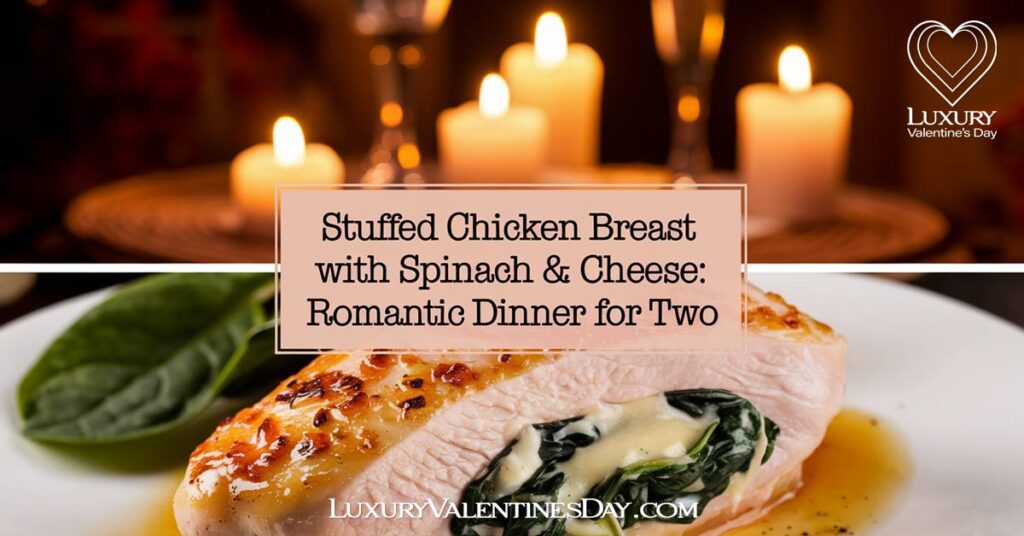
Table of Contents
ToggleHow to Create Stunning Hand-Painted Designs on Cookies
If you’re looking to make cookies that truly stand out, cookies decorated with hand-painted designs offer a beautiful and artistic touch that transforms each one into a mini masterpiece.
Hand-painted cookies allow you to express your creativity in a way that no other technique can. With a simple brush and edible paints, you can add intricate details, soft florals, or even abstract patterns that give each cookie a unique, personal touch.
Imagine presenting a plate of cookies adorned with delicate flowers, romantic brushstrokes, or bold patterns—all created by hand. Hand-painted cookie designs bring a level of sophistication and artistry that makes them perfect for weddings, holidays, or gifts.
Painting cookies may seem challenging, but it’s a surprisingly approachable technique that adds sophistication to your baking. With the right edible paints and a few simple tools, you can easily bring a professional look to your cookies. This guide will show you how to choose the right brushes, mix colors, and use different painting techniques to create custom, hand-painted designs on cookies, making each one a true work of art.
For more easy cookie decorating ideas to elevate your treats, check out our comprehensive guide on Valentine’s Day cookie decorating.
How to Use Edible Paints or Food Colouring Pens
Edible paints and food colouring pens are fantastic tools for adding detail and personality to your cookie decorations. Here’s how to use them effectively for beautiful, professional-looking results:
1. Choose the Right Tools
Edible Paints: Edible paints are made from concentrated food colourings and are specifically designed to be food-safe. They come in a wide range of colours, including metallics like gold and silver, which can add a touch of elegance to your designs. Edible paints can be used with fine brushes for detailed work or broader brushes for larger patterns.
Food Colouring Pens: These pens are perfect for fine details, writing, and smaller designs. They come in various tip sizes, from ultra-fine to broad, allowing you to control the thickness of your lines easily. Food colouring pens are ideal for drawing outlines, adding small accents, or writing names and messages.
2. Prepare the Cookies for Painting
Make sure your cookies are completely cool before painting to avoid smudging or melting the designs. For best results, paint on a smooth, firm surface—royal icing is a great base as it dries hard and creates a blank canvas that holds colour well.
Tip: If you want a matte finish, let the royal icing set completely for several hours or overnight. For a more vibrant effect, paint while the icing is still slightly tacky, allowing the colours to blend a bit.
3. Use Quality Brushes
Use food-safe, fine-tipped brushes for detailed work. Choose brushes with soft bristles that won’t shed and are easy to clean. Keep a variety of sizes on hand—tiny brushes for fine details, medium brushes for filling in areas, and broad brushes for backgrounds or washes.
Brush Care: Clean your brushes thoroughly between colours to prevent them from blending unintentionally. A small cup of water and a paper towel are handy for quick cleaning during painting.
4. Dilute Edible Paints for Different Effects
You can adjust the intensity of edible paints by diluting them with a drop or two of clear alcohol (like vodka) or lemon extract. The alcohol evaporates quickly, leaving a smooth, streak-free finish. For a lighter, watercolour effect, add more liquid; for bold, opaque colours, use the paint undiluted.
Technique Tip: Test the colours on a piece of parchment paper before applying them to the cookie to ensure you get the shade and intensity you want.
5. Build Up the Colour Gradually
When painting intricate designs, build the colour gradually by applying multiple thin layers rather than one thick coat. This prevents the paint from bleeding and gives you more control over the final look. Allow each layer to dry before adding more details to avoid smudging.
Tip: Start with light colours first and gradually layer on darker shades to create depth and dimension.
Essential Tools and Techniques for Hand-Painting Designs on Cookies
Creating cookies decorated with hand-painted designs brings an artistic, personal touch to your treats. This table provides an overview of essential tools, painting techniques, and tips to help you master hand-painting on cookies. Whether you’re adding delicate details or bold brushstrokes, these recommendations make it easy to achieve professional-looking results. Perfect for all skill levels, these tools and techniques will inspire creativity for any occasion.
| Tool/Technique | Best Uses | Tips for Success | Suggested Designs |
|---|---|---|---|
| Fine-Tip Brushes | Intricate details, delicate line work | Use brushes labeled “food-safe” and rinse thoroughly between colors | Florals, borders, fine patterns |
| Flat Brushes | Backgrounds, bold brushstrokes | For a smooth finish, lightly dab excess paint off before applying | Abstract patterns, color washes, simple shapes |
| Edible Gel Paints | Vibrant colors, opaque coverage | Thin with alcohol or lemon extract for smoother application | Bold designs, backgrounds, lettering |
| Metallic Edible Paints | Adding shimmer and elegance | Apply lightly with fine brush strokes for a subtle shine | Gold accents, elegant details, stars |
| Toothpicks or Fine-Tip Pens | Small details, text, and fine patterns | Use sparingly to avoid tearing icing; pens are great for writing | Names, polka dots, intricate patterns |
| Alcohol/Lemon Extract | Thinning edible paints for a watercolor effect | Mix paint and liquid on a palette for desired consistency | Soft backgrounds, shading, light textures |
This table helps you navigate the tools and techniques needed for decorating cookies with hand-painted designs, providing practical tips to make the process approachable and enjoyable. Whether adding delicate flourishes or bold colors, these tools will help you create stunning, hand-painted cookies.
Ideas for Painting Flowers, Initials, or Romantic Messages

Hand-painted designs can be tailored to any theme or occasion, making them a versatile and personal way to decorate cookies. Here are some creative ideas to inspire your next hand-painted project:
1. Floral Designs
Delicate Roses: Use a small brush to paint soft pink or red rose petals, starting with the outer edges and working inward to the centre. Add touches of white or darker shades for depth and highlights. Finish with thin green strokes for leaves and stems.
Watercolour Blooms: Create a dreamy, watercolour effect by diluting edible paint with clear alcohol. Lightly dab the paint onto the cookie in layers, allowing each colour to bleed slightly for a soft, blended look. This technique works well with flowers like peonies, poppies, or lavender.
Wildflower Garden: Paint a cluster of tiny wildflowers in various bright colours—think daisies, bluebells, and buttercups. Use a fine brush for delicate petals and tiny dots of yellow or white for the centres. This design looks fresh and vibrant, perfect for spring or summer themes.
2. Initials and Monograms
Elegant Monograms: Use a food colouring pen or a fine brush to draw elegant monograms, like initials or names, on each cookie. For a vintage look, use a script or calligraphy style with flourishes. Darker colours like navy, gold, or black stand out beautifully against a white or pastel background.
Simple Block Letters: For a modern look, paint block letters in bold, contrasting colours. This style is perfect for casual gatherings or birthday parties, where you want a fun and contemporary design.
Highlight with Metallics: Add a touch of luxury by painting the initials with edible gold or silver paint. This creates a sophisticated effect, making the cookies ideal for weddings, anniversaries, or milestone celebrations.
3. Romantic Messages and Quotes
Short Love Notes: Write romantic messages or quotes like “Be Mine,” “Love You,” or “Forever” using a fine-tip food colouring pen. Choose a cursive or handwritten style for a personal touch. A small heart or floral accent can enhance the design.
Hidden Messages: Paint tiny hearts or flowers around the edges of the cookie and hide a short romantic message in the centre. This surprise element adds a whimsical and fun aspect to the design.
Bordered Text: Use edible paint to create a soft, decorative border around the edge of the cookie, then add your romantic message in the centre. This frames the words beautifully and gives the cookie a finished, polished look.
4. Botanical and Nature Themes
Fern and Leaf Motifs: Paint delicate fern leaves or vines winding around the edges of the cookie. Use different shades of green for a realistic effect, and add tiny dots of colour to mimic flowers or berries.
Cherry Blossoms: For a Japanese-inspired design, paint pale pink cherry blossoms with dark brown branches. Use a fine brush for the details, and add a few falling petals for a dynamic effect.
Autumn Leaves: Create a warm, autumnal feel by painting golden, orange, and red leaves in different sizes. Use a combination of broad and fine strokes to mimic the natural variation of leaf shapes.
5. Artistic Patterns and Abstract Designs
Geometric Patterns: Paint geometric shapes like triangles, diamonds, or hexagons in a repeating pattern for a bold, modern look. Use metallic edible paint for a sleek, high-end effect, or go with bright colours for a fun and playful vibe.
Marble Effect Highlights: Combine the marbling technique with hand-painted details. After creating a marbled base, use a fine brush to accentuate certain swirls with gold or silver paint for a luxurious finish.
Abstract Brushstrokes: For a contemporary look, use bold, sweeping brushstrokes of contrasting colours. These abstract patterns are quick to paint and create a dynamic, eye-catching design that’s perfect for parties or casual gatherings.
6. Personalised Celebratory Designs
Birthday Themes: Paint small birthday icons like balloons, candles, or presents using bright, cheerful colours. Write “Happy Birthday” or the recipient’s name in the centre for a personalised touch.
Holiday Motifs: Decorate cookies with festive icons for holidays—paint Christmas trees, snowflakes, or holly for winter holidays, or eggs and bunnies for Easter. This adds a seasonal flair that’s perfect for family gatherings or festive parties.
Wedding Favors: Create elegant, understated designs like lace patterns, initials, or tiny bouquets of flowers. Use pastel colours or a monochromatic scheme for a classy, sophisticated look that’s ideal for wedding receptions or bridal showers.
Additional Tips for Hand-Painting Cookies
- Keep It Simple: Less can be more with hand-painted designs. Focus on a few well-executed details rather than overcrowding the cookie. A simple floral design or a single initial can be just as impactful as a more complex pattern.
- Test on Paper First: If you’re unsure about a design, sketch it out on a piece of parchment paper before painting directly onto the cookie. This helps you plan the layout and practice your brushstrokes.
- Use Edible Glue for Raised Effects: If you want to add three-dimensional details, paint a small design and then attach tiny sugar pearls, sprinkles, or fondant cut-outs using a dot of edible glue.
- Seal the Design: For a matte finish, leave the hand-painted cookies to dry completely at room temperature. For a shinier look, lightly mist them with a food-safe glaze spray to protect the paint and give a subtle sheen.
By incorporating hand-painted designs into your cookie decorations, you can create stunning, personalised treats that are sure to impress. This technique allows you to express your creativity and tailor each biscuit to the theme of the occasion, making them a perfect choice for memorable gifts or elegant displays.
Frequently Asked Questions About Decorating Cookies with Hand-Painted Designs
What type of paint is safe to use on cookies?
Only use edible food coloring or edible gel paints specifically made for decorating food. Avoid regular art paints, as these are not safe for consumption.
How do I prevent my hand-painted designs from smudging?
Allow the base icing to dry completely before painting, and avoid using too much liquid in your edible paint mixture. Let each layer of paint dry before adding more details.
What tools do I need to start hand-painting cookies?
You’ll need fine-tip brushes, flat brushes, and edible gel or metallic paints. A palette and a small bowl of alcohol or lemon extract for thinning paint are also helpful.
Can I add hand-painted designs on any type of icing?
Royal icing and fondant work best for hand-painted designs as they create a smooth, firm surface. Buttercream icing is generally too soft and won’t hold fine details well.
How long do hand-painted cookies last?
Hand-painted cookies can last up to a week if stored in an airtight container at room temperature. Keep them in a cool, dry place to preserve the colors and designs.
Previous Article
Marbled Icing for Cookies: Easy Techniques for Beautiful Swirls
Next Article
Sugar Lace Decorated Cookies: How to Create Elegant Cookie Designs
Related Posts
- 10 Romantic Date Night Restaurants in Greensboro, NC: Culinary Love Affairs
- 10 Romantic Date Night Restaurants in Wilmington, NC: Your Guide to Unforgettable Evenings
- Classic Butter Cookies Recipe for Valentine’s Day: A Timeless, Buttery Delight
- Edible Glitter Decorated Cookies: Tips for Sparkling Designs
- The Dark Truth About Valentine’s Day
- Date Ideas That Start with V: Vibrant and Versatile Dates













